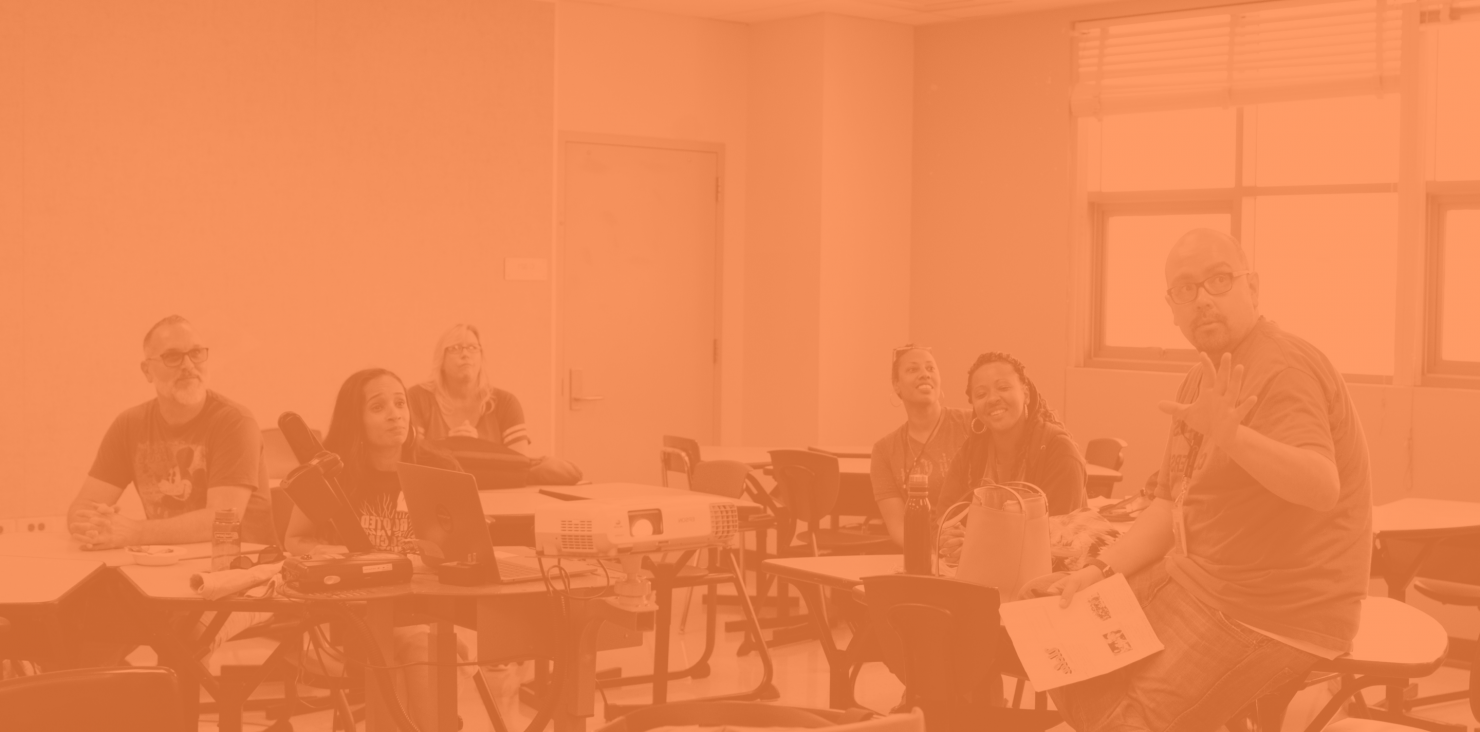
Building a Partnership
INSIDE BUILDing a partnership
For more information on how Partnership schools are distinct from traditional district and charter schools, download the PDF below.
What is the Partnership?
The Partnership for Los Angeles Schools shows that it’s possible for public-private partnerships to work in service of closing opportunity and achievement gaps. As an in-district network led by a non-profit working under a Memorandum of Understanding (MOU) with LA Unified, the Partnership is able to nimbly leverage philanthropy and focus on where the need is greatest within a school district. Unlike the charter model, the Partnership acts as a critical vehicle to bring much-needed resources back to LA Unified.
The Partnership is one example of a partner-led school network. While key features of a partner-led model will look different in other community contexts, the most essential feature is independent non-profit governance that acts as a conduit for philanthropy and talent and creates a foundation for a sustained, continued transformation effort focused on a subset of schools. This structure allows the Partnership to strategically allocate funds and organize our services and supports for school leaders and teachers in alignment with school priorities and areas of growth.
Key Flexibilities & Responsibilities
- We hold primary authority over the hiring, supervision, and management of school principals.
- We have flexibility to design and implement professional development and coaching for principals and teachers aligned with the needs of our schools.
- We have flexibility to determine high-quality curricula and assessments that best fit the needs of our schools.
- We have the ability to facilitate teacher recruitment and hiring processes in coordination with principals and LA Unified.
- We have the freedom to focus on strategic operational supports in high impact areas like school budgets, student recruitment and enrollment, and facilities because LA Unified remains responsible for the basic operational services it provides to all schools
Is a partner-led approach the right strategy for your district?
We believe that establishing a separate, non-profit entity is essential for a partner-led approach because it promotes a continuity of effort that is much harder to achieve in a district system that often faces reorganization with board member and leadership turnover. While each context will be unique, our own experience in Los Angeles illuminates a path forward for districts and community partners interested in establishing a partner-led approach to close equity gaps.
This self-assessment tool includes questions that districts and community stakeholders should consider as they evaluate readiness for a partner-led approach to school transformation.
‘Plays’ & conditions
Build Support for Change
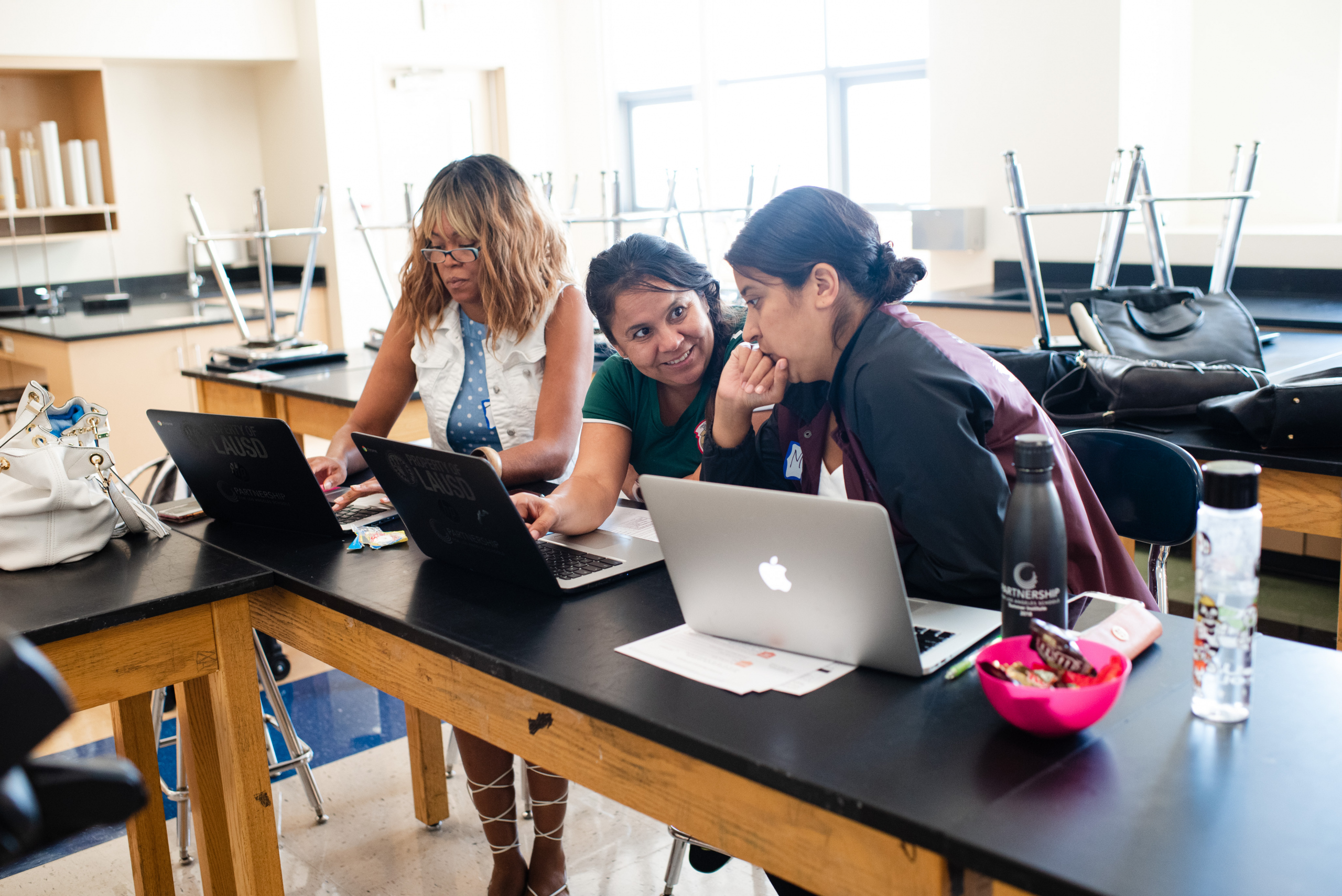
In Los Angeles, the Partnership arose from a particular policy moment. In 2007, Mayor Villaraigosa and the Lundquists created the Partnership, which began working with 10 district schools and received broad support from the District office and school board. Building strong political support for a Partnership approach is essential to its success. It is important to seek alignment across decision makers including board members, community leaders, district leaders, and the Mayor’s office, where applicable. Achieving consensus on a partnership approach buffers it from challenges that may arise and provides momentum for its establishment. In addition, building strong partnerships with senior staff at the district level is essential to help smooth the path to implementation.
Build trust in the model
Those interested in establishing a partner-led approach will need to carefully – and continuously – work to gain trust and credibility.
- Invest time in myth busting on an ongoing basis. Be clear about what a partner-led approach is and isn’t, clarify your theory of action, and lead with your why and what you are aiming to achieve.
- Move the discussion from a theoretical to a practical lens to identify the autonomies that should be applied to your schools, the supports that school leaders and teachers can expect to receive, and why they are needed.
- Educate decision makers, like the school board and superintendent, on the reciprocal benefits of a partner-led approach. From our experience in Los Angeles, we have been able to realize impacts at the school level (e.g., improved graduation rates) while we have also brought benefits to other district schools through our systems change work and piloting of innovative approaches.
- Involve community leaders in developing the vision and advocating for a partner-led approach for their communities.
Secure Investment & Revenue
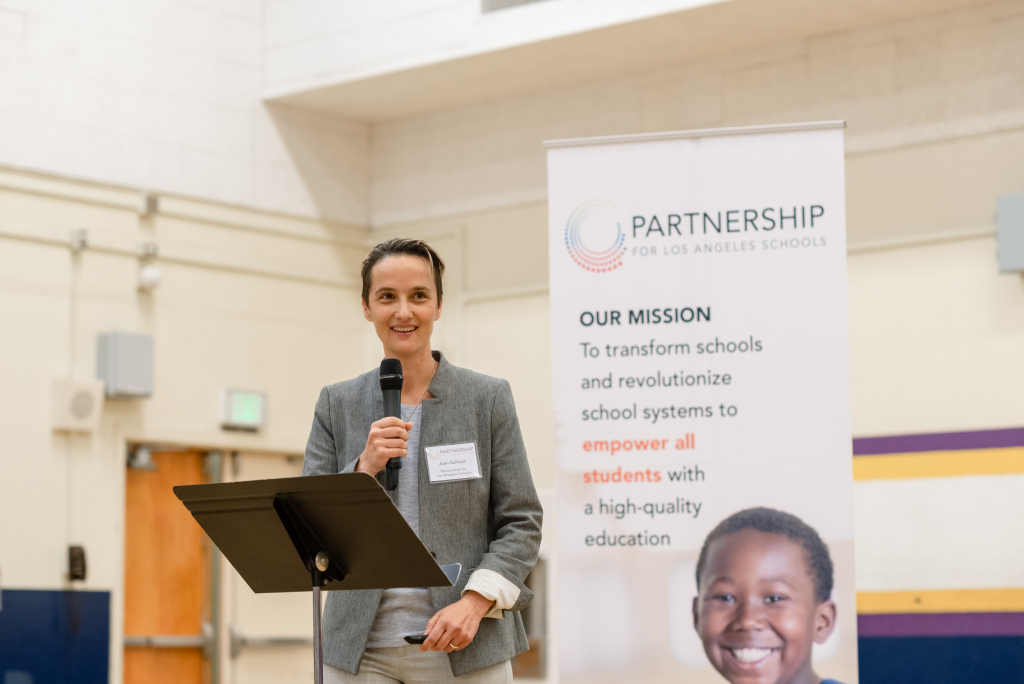
It is critical to secure multi-year investments from the start, although we know this can be very difficult and dependent on each community’s unique philanthropic landscape. The stability secured through the ten-year endowment made in 2006 by our founding donors, Melanie and Richard Lundquist, brought several benefits:
- It signaled our financial sustainability and assured our longevity and ability to transcend the political moment.
- It increased our ability to attract a talented team, because they could trust that their jobs would be secure.
- It sent a message to LA Unified and to schools that the Partnership was focused on long-term transformation, not superficial quick wins, and that it would take time to achieve systemic change.
Today, we enjoy stability in large part thanks to a philanthropic community which looks to us as a trusted conduit for investments to support district schools. We do not receive revenue from LA Unified for the services and supports we provide to our schools, but those considering a partner-led approach should think carefully about whether district revenue is a necessary factor for longer term success and sustainability.
Click to learn more about what to consider as you establish your board and governance structure.
We utilize the economies of scale in such areas as transportation, food services, and facilities maintenance offered by being a part of a large school district.
Establish Legal Authority and Decide Who Does What

1. Build a governance model that makes sense for your district and city context.
While we established a separate non-profit to run our schools, it is important to consider what the right governance model is in your district and city context. We chose a non-profit governance model to maintain critical independence from the district and to establish our credibility to fundraise. This allowed us to set priorities and a strategic direction for our schools tailored to their individual and collective needs. And at the same time as we maintain this independence, we uniquely and intentionally choose to uphold the same levels of transparency and accountability and bind ourselves by district conflict of interest rules to build trust in our operations.
2. Consider whether separate legal authority is needed to secure stability.
A key question for those interested in a partner-led approach is whether the school district has sufficient authority to implement autonomous school models under state law and/or local policy. In Los Angeles, the District did not need explicit permission from the state of California to contract with a non-profit to run a subset of its schools.
3. Establish an independent, non-profit entity to coordinate supports and services.
We believe that establishing a separate, non-profit entity provides a level of independence and legal certainty to protect a partner-led approach that is simply not available in a district system that often faces reorganization whenever a new superintendent takes over. The Partnership agreed with LA Unified on each entity’s roles and responsibilities in a MOU which is renewed on a five-year basis. Our MOU helps to sustain our slow and steady approach to school transformation and bridges the staggered tenure of board members and district leaders. This allows the Partnership to preserve continuity despite changes in district leadership.
The Partnership has enjoyed several additional benefits as a result of our non-profit status:
- Opportunity to build a separate Partnership “culture” and operating principles separate from the District
- Freedom to determine how philanthropic funding is spent and to distribute across schools with an equity-based approach determined by need
- Ability to be nimble when hiring home office staff and principals and to attract a diverse pool of candidates
- Protection of autonomies that could be eroded if the Partnership became district-led.
4. Decide “who does what” and establish firm roles and responsibilities.
A focus on building relationships with district leaders distinguishes the Partnership approach from other school transformation models. In Los Angeles, the Partnership leverages many of the supports that LA Unified offers. We utilize services offered by the District in operational areas such as transportation, facilities, and food service, as well as in core instructional areas like special education. This allows us to function differently than the District because we are able to combine the supports our schools receive from being a part of the broader system with a strategic focus on where we can use our flexible philanthropic dollars to bring additional value, model innovative approaches, and make the most impact for students.
As you establish roles and responsibilities, your first instinct may be to secure as much autonomy and authority over school management and operations as possible. For us, being in the system was critical to model equitable strategies and investments. Over time, we learned that carefully selected and negotiated autonomies (with a preference toward operating within the same set of constraints as traditional district schools) enabled us to bring a laser-like focus to the areas essential for school transformation and to model what’s possible for all schools. The sustainability and scalability of our successes hinges in part on stakeholders understanding that these results are not outliers – working within the system allows us to demonstrate what’s possible within parameters that exist for other schools.
Key questions to help you determine roles & responsibilities for the non-profit and district:
- What are the rules around student enrollment, transfers, and services to special student populations?
- Who will provide operational services such as food, transportation, and facilities maintenance?
- How are principals selected, supported, and evaluated?
- Who makes decisions about curriculum and professional development?
- How can schools access data?
- Are schools bound by district rules and bulletins unless exempted by waiver, or should a blanket waiver apply?
- Does the mission extend beyond the specific schools that are partner-led?
The Partnership team has evolved its structure over time.
Build the Founding Team
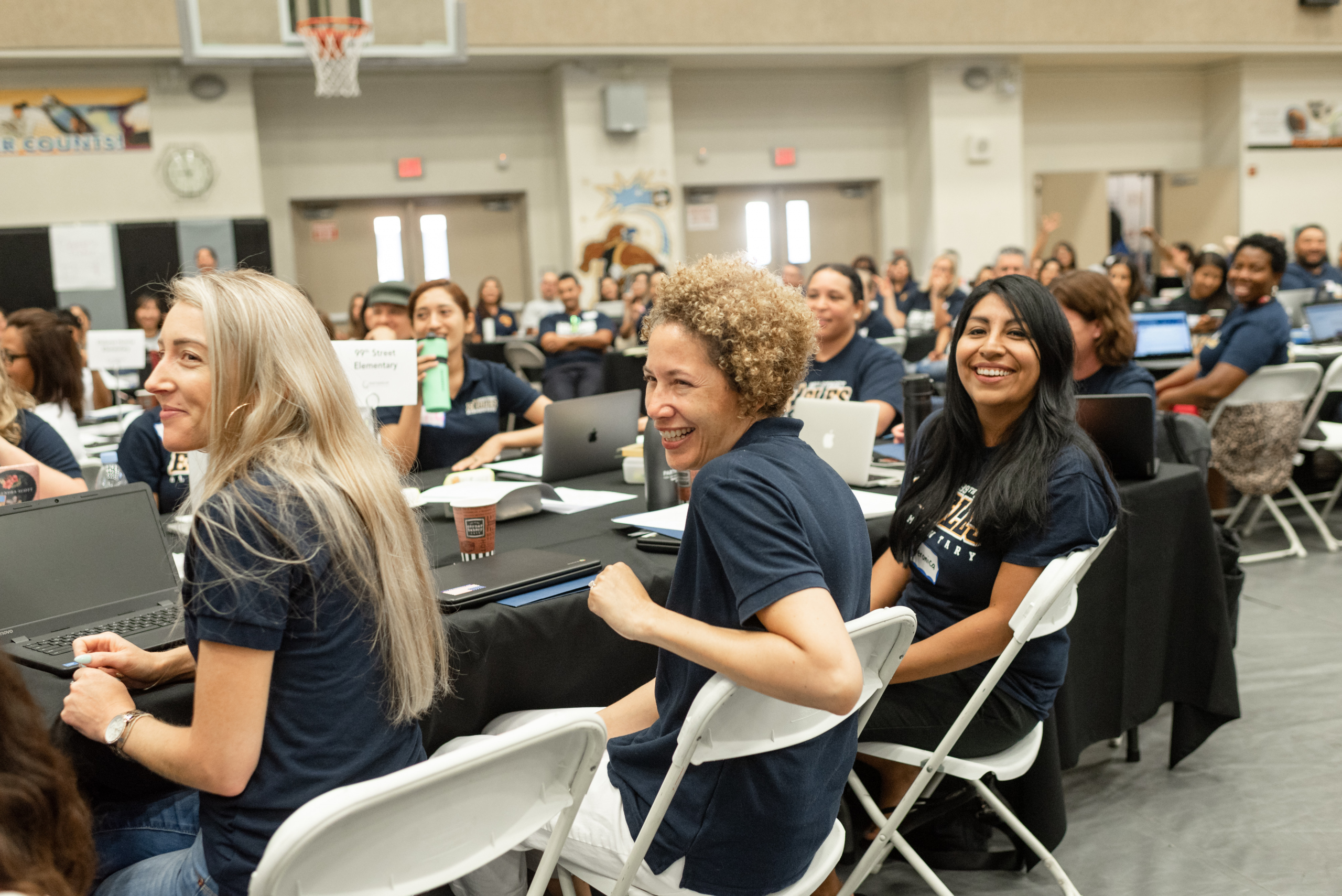
Having the right people on the founding team is crucial. Developing a sustainable partner-led model is a significant undertaking and getting the right team members on board early is necessary to build the capacity needed to maintain momentum. The team should have a combined skill set that will allow it to navigate the organizational ‘start up’ process, build collaborative relationships with district staff, engage with families and communities, and to plan for the implementation of the school transformation model at school sites.
Catalyze your hiring process with a mission that attracts great talent and utilize your flexibilities as a non-profit to hire a diverse team. You may find, as we have, that a partner-led approach can be leveraged to attract talented individuals who are attracted to a mission-driven organization working within the traditional district system. This has allowed us to build teams at the home office and in our schools that are both adaptable to different systems and structures and clearly operate with transformative change as their guiding ethic.
Key considerations for the founding team
- Build a team that is reflective of your communities: We have learned over and over again that unless leaders are authentically representing the communities they serve, efforts can falter. Family and community engagement is central to the success of the Partnership model and there should be an early investment and focus of this work.
- Strong instructional leaders to help hire and develop principals: Getting the instructional team on board with the right skill set is key. You will need leaders with experience in school transformation, an understanding of how to leverage entrepreneurial innovation within a traditional system, and an understanding of change management in a school context.
- Strong management and political expertise: You need individuals who can both lead a non-profit and continue to build relationships with the district and school board. Ideally, your talent will already have these relationships and can continue to build on them in their new role. You will need staff with legal and finance expertise, particularly as you establish the organization and set up the non-profit structure.
We currently serve 19 schools in the communities of Watts, South LA, and Boyle Heights.
Identify Schools

There may be a clear group of schools that will benefit from a partner-led approach. In Los Angeles, we considered and balanced the following factors to identify schools to bring into our network:
- Under-resourced schools in historically marginalized communities
- Schools without an existing transformation effort in place
- Communities in which we could identify school feeder patterns and serve students along the entire TK-12 pathway
- Local district leadership who believed in the need for change and that the school community would be supportive.
Our decision to start with 10 schools in 2008 and our strategic growth to 19 schools in 2020-21 stems from a geographic cluster model and a focus on three specific communities in Los Angeles: Watts, South LA, and Boyle Heights. Our experience has been that it is more challenging to transform a school that is geographically isolated and outside of established feeder patterns.
Be intentional about bringing teachers (and the entire school community) into the process of developing school transformation plans, and begin from a place of working with existing educators to clear the path for them to do good work with adequate support and appreciation.
Make A Plan to Onboard Schools
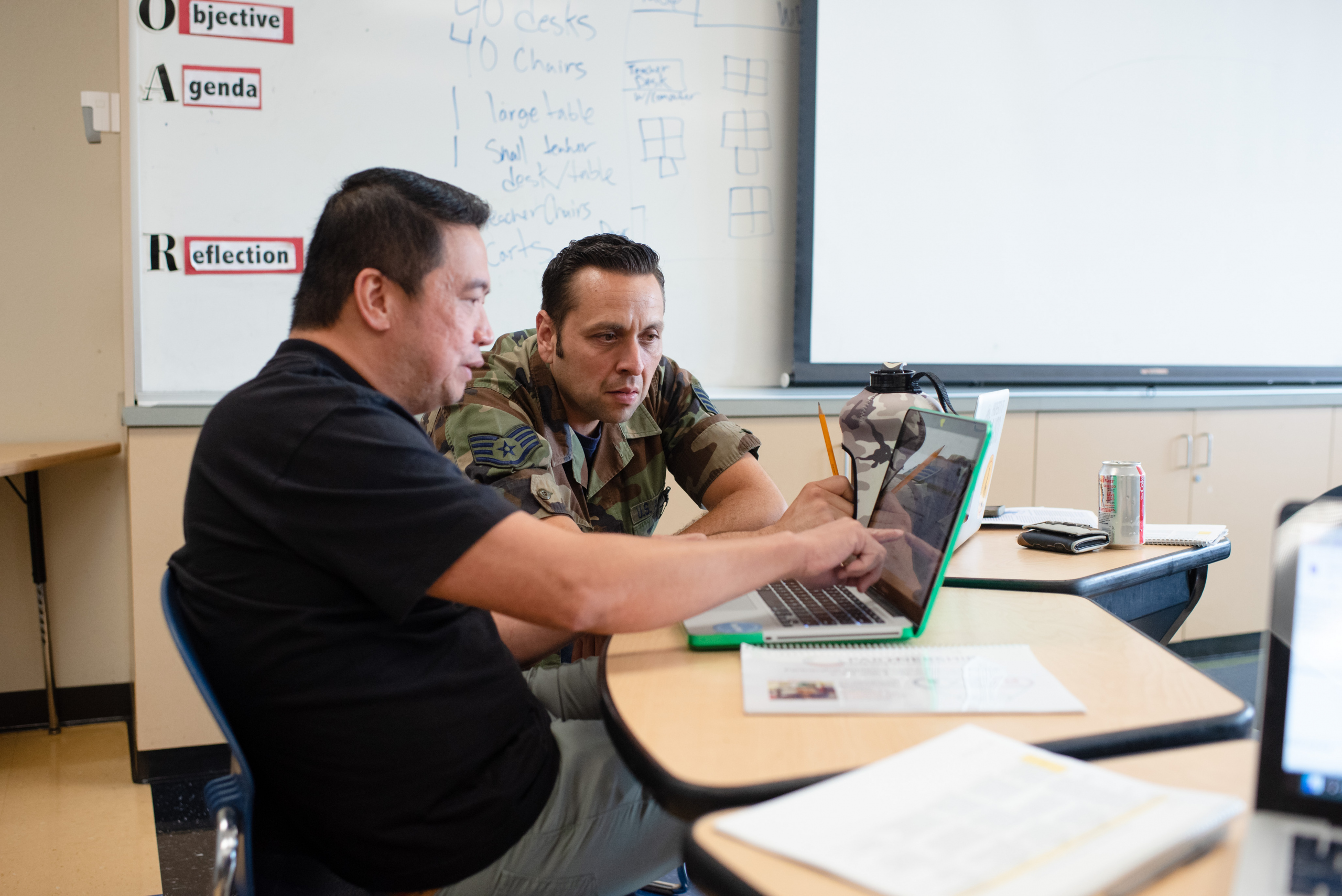
A lead time of nine months or more is ideal for taking over the management of identified schools. Based on our own “start up” experience, we have identified some key steps to take when planning for the first year of school management when you will need to translate high-level strategies to a functional, school-centered operating model.
- Work with teacher teams and involve them in planning so that you can demonstrate that this is a partnership with teachers. In Los Angeles, gaining teacher buy-in was initially fraught, and we quickly learned how important it was to honor teachers’ agency and voice. Be intentional about bringing teachers (and the entire school community) into the process of developing school transformation plans, and begin from a place of working with existing educators to clear the path for them to do good work with adequate support and appreciation. Recognize that they are the experts and invite their input early in the process to ensure that they are provided genuine leadership opportunities to collaborate, set schoolwide goals, and make important decisions with the administration.
- Orient families and communities to the partnership approach in order to understand and address their concerns, source their ideas for change, and familiarize them with common goals in support of student learning.
- Reset culture and expectations. Plan and implement trainings not only for school leaders and teachers, but also for office staff and families to build a solid foundation upon which to reset school culture. Trainings should establish a shared vision for school culture and support schools in implementing that vision through consistent modeling, messaging, and prioritizing by all school-site stakeholders.
- Differentiate your supports after careful assessment of school-site capacity. Your approach to school transformation – and your areas of focus – will depend in part on the capacity of the leadership team and teachers at each school site. Identifying to what degree external service providers and community partners are involved at a school can also help to identify service gaps and differentiate support based on need.
- Demonstrate commitment and investment in the school site. Working with your school communities, identify immediate needs and “quick wins” that can help build trust and affirm your commitment to success. For example, over the summer before our 10 original schools started a new school year under the Partnership network, we negotiated with the District to paint the schools, repair bathrooms, and provide a physical refresh to the facilities.
- Build systems and processes with the district to access student data. Getting access to and digging into student data early on helped us to identify the unique strengths and challenges of our schools. Data can help you develop a framework of targeted support in Year 1, and also illuminate gaps in data collection.
- Develop longer-term plans to scale and build an organization that models equity for the district. Your organizational structure should be oriented toward supporting the academic and operational needs of schools first and foremost, while also including those functions that enable systemic change and organizational sustainability of the home office. With over ten years of experience in school transformation, we believe that organizations like ours must evolve to model equity in service to our schools and work to define what a high-functioning district should look like. Continuous engagement with and feedback from stakeholders – the District, school leaders, teachers, families, students, and community partners – is key to our evolution and growth and ability to better serve students.

